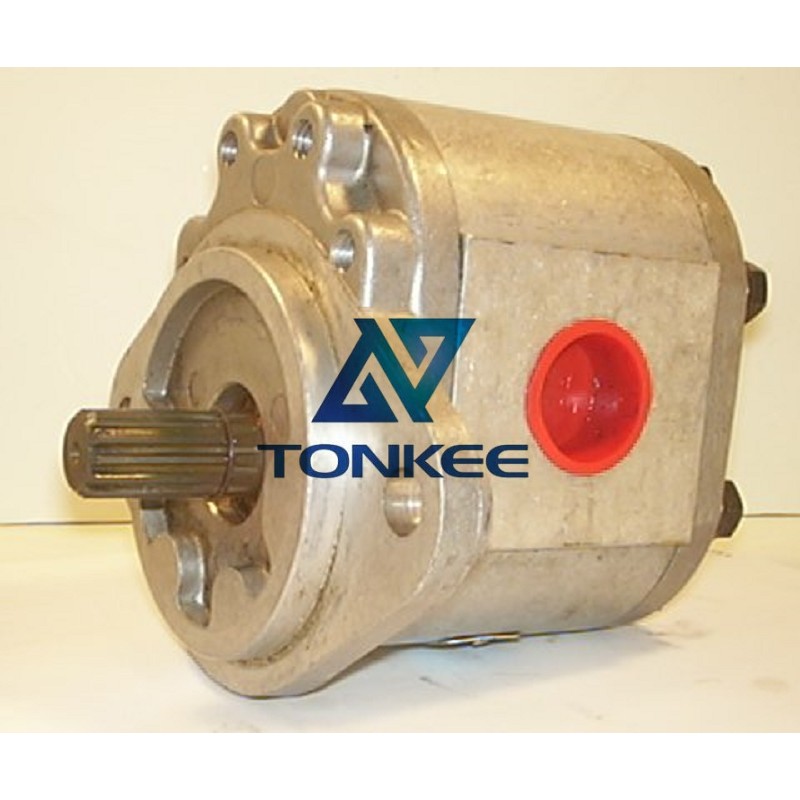
Housing: The pump's housing is responsible for enclosing and protecting its internal components.
It is designed to withstand high-pressure environments and prevent any leakage.
Gear Set: The heart of this pump is its gear set, consisting of two interlocking gears – a driving gear and a driven gear. These gears rotate within the housing, creating a sealed chamber between their teeth. As the gears mesh and rotate, they trap and displace hydraulic fluid, generating flow.
Shaft: The shaft connects the driving gear to an external power source, typically an electric motor or an engine. It transmits the rotational force needed to drive the pump.
Inlet and Outlet Ports: The pump is equipped with inlet and outlet ports to facilitate the intake of hydraulic fluid from the reservoir and the discharge of pressurized fluid to the hydraulic system.
Operation:
The operation of the SP3 C20LSSOB hydraulic gear pump relies on the principles of positive displacement. As the shaft turns, it drives the gear set to rotate. The interlocking gears create chambers of varying volumes as they rotate. When these chambers engage the inlet port, hydraulic fluid is drawn into the pump. As the gears continue to rotate, the chambers move toward the outlet port, compressing the fluid and forcing it out under pressure. This continuous cycle results in a steady flow of hydraulic fluid, which is crucial for powering various hydraulic actuators and components in a system.
Flow Rate: This pump can deliver a specific volume of hydraulic fluid per revolution, typically measured in cubic inches or milliliters. The flow rate may vary depending on the pump's design and size.
Pressure Rating: It can generate high hydraulic pressures, ensuring that the fluid can effectively operate hydraulic cylinders, motors, and other components in the system.
Efficiency: Hydraulic gear pumps are known for their efficiency in converting mechanical power into hydraulic power, minimizing energy wastage.
Noise Levels: While hydraulic gear pumps can produce some noise during operation, they are generally quieter compared to other types of hydraulic pumps.
Construction Machinery: These pumps are commonly used in construction equipment like excavators, loaders, and bulldozers to power hydraulic cylinders and control various functions.
Agriculture: They are found in agricultural machinery such as tractors, harvesters, and irrigation systems, assisting in tasks like lifting, steering, and power transmission.
Material Handling: Hydraulic gear pumps are used in forklifts, conveyors, and warehouse equipment to manipulate heavy loads and facilitate material movement.
Automotive: Some automotive systems, particularly in older vehicles, utilize hydraulic gear pumps for power steering and automatic transmission fluid circulation.